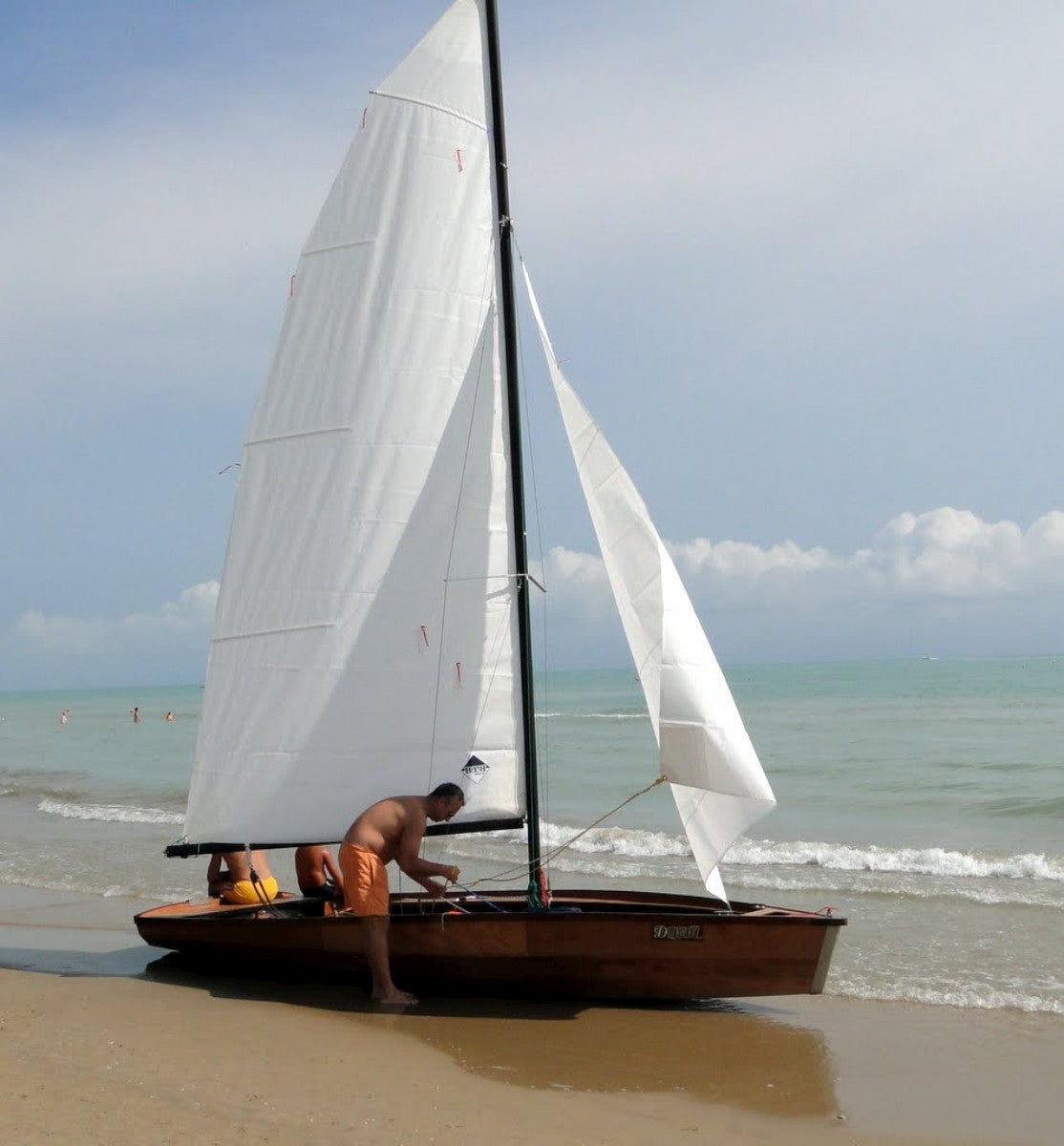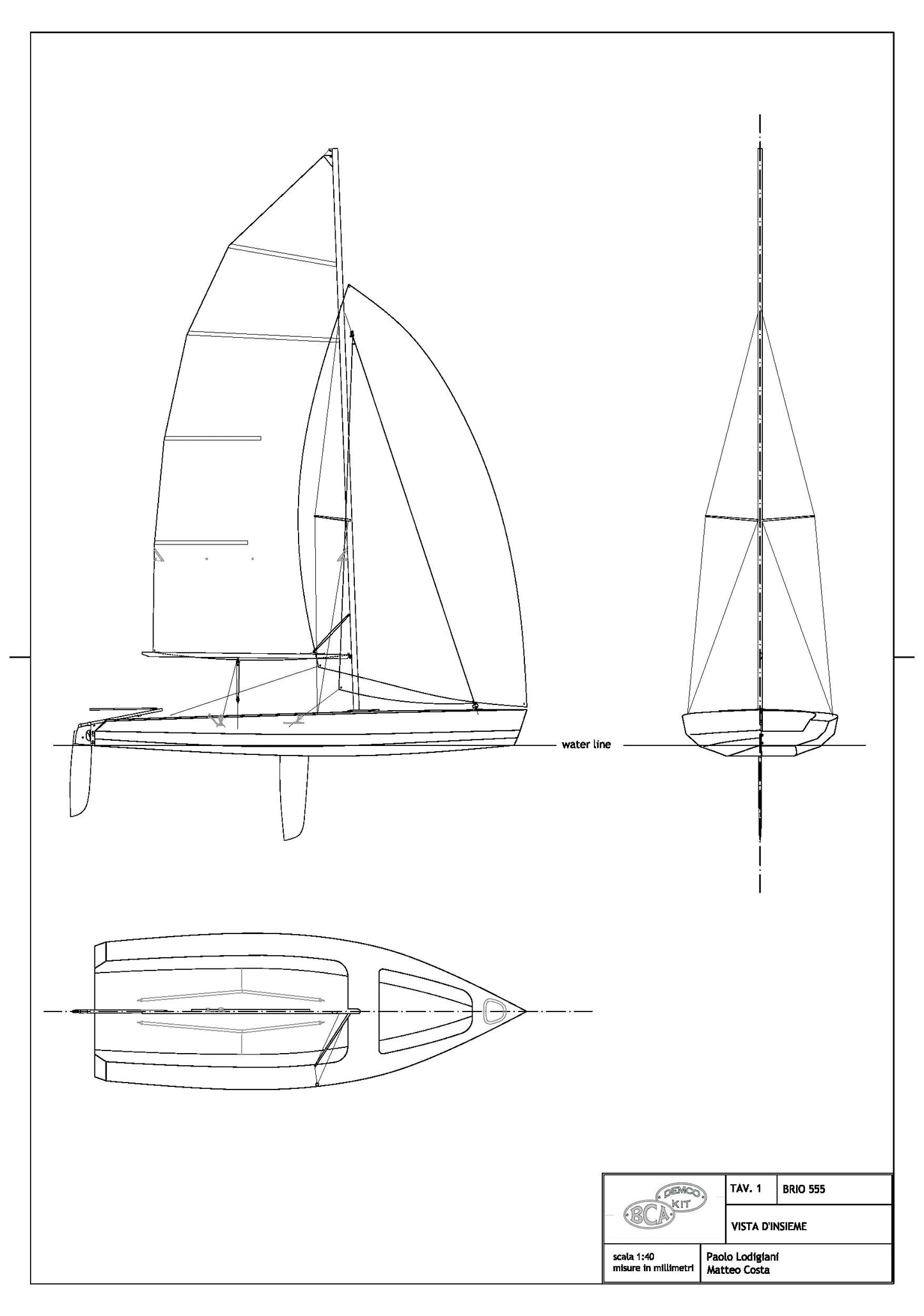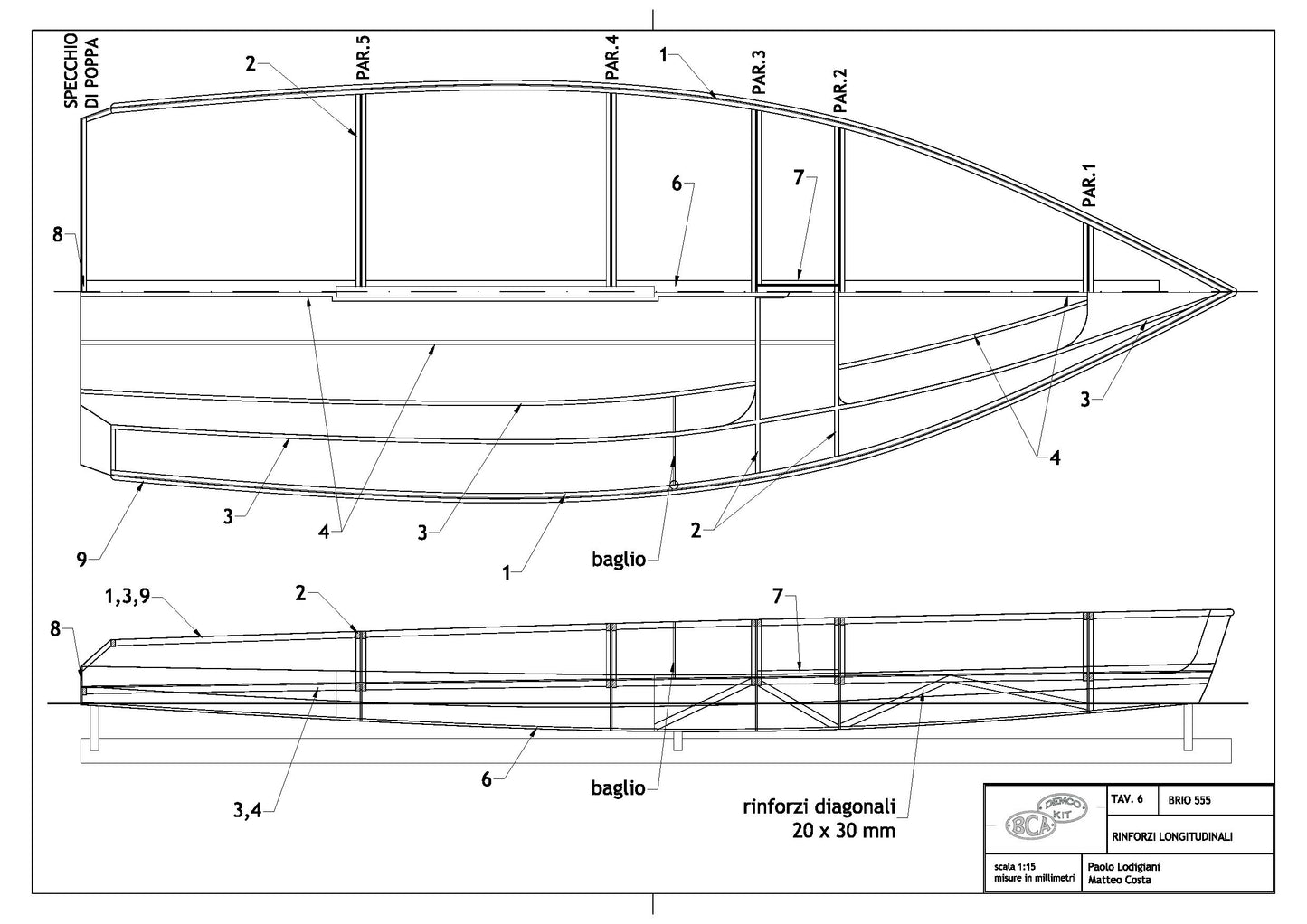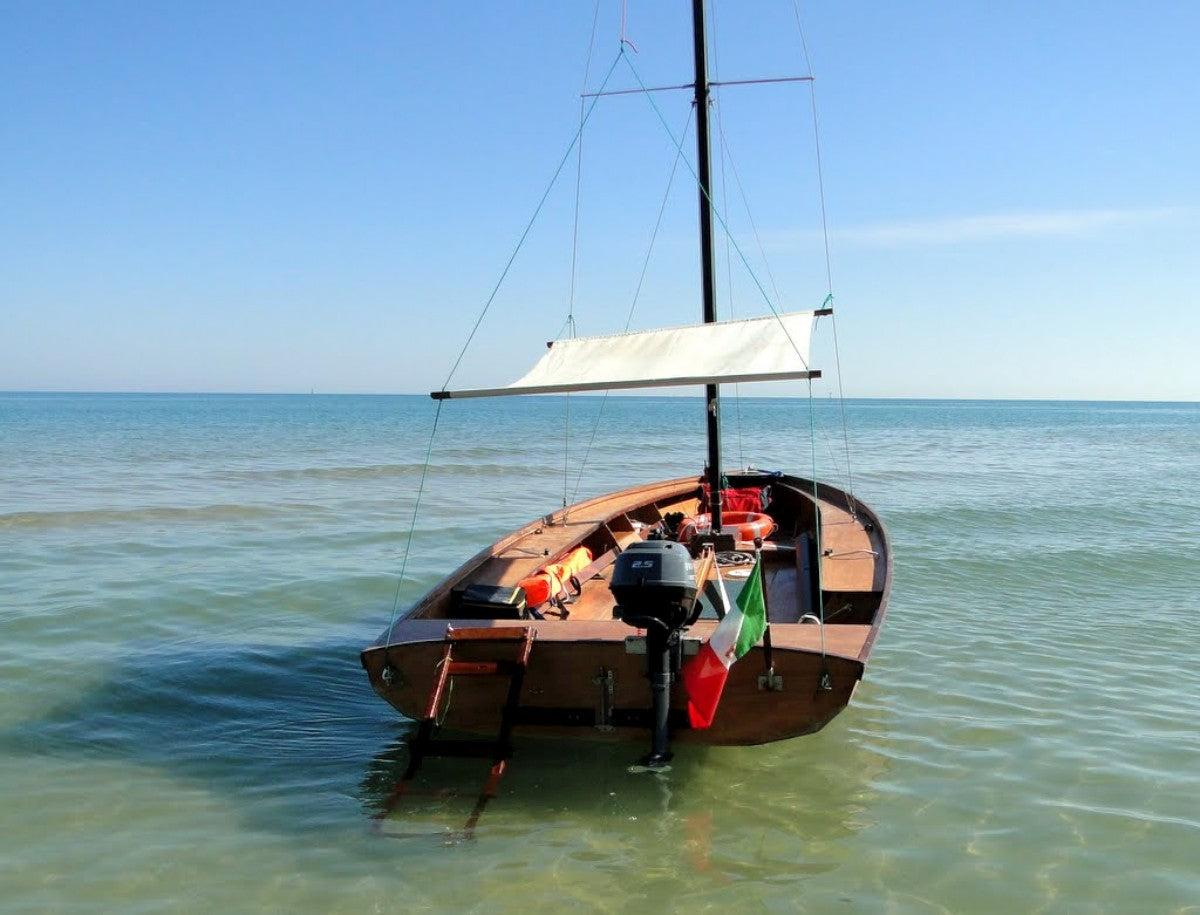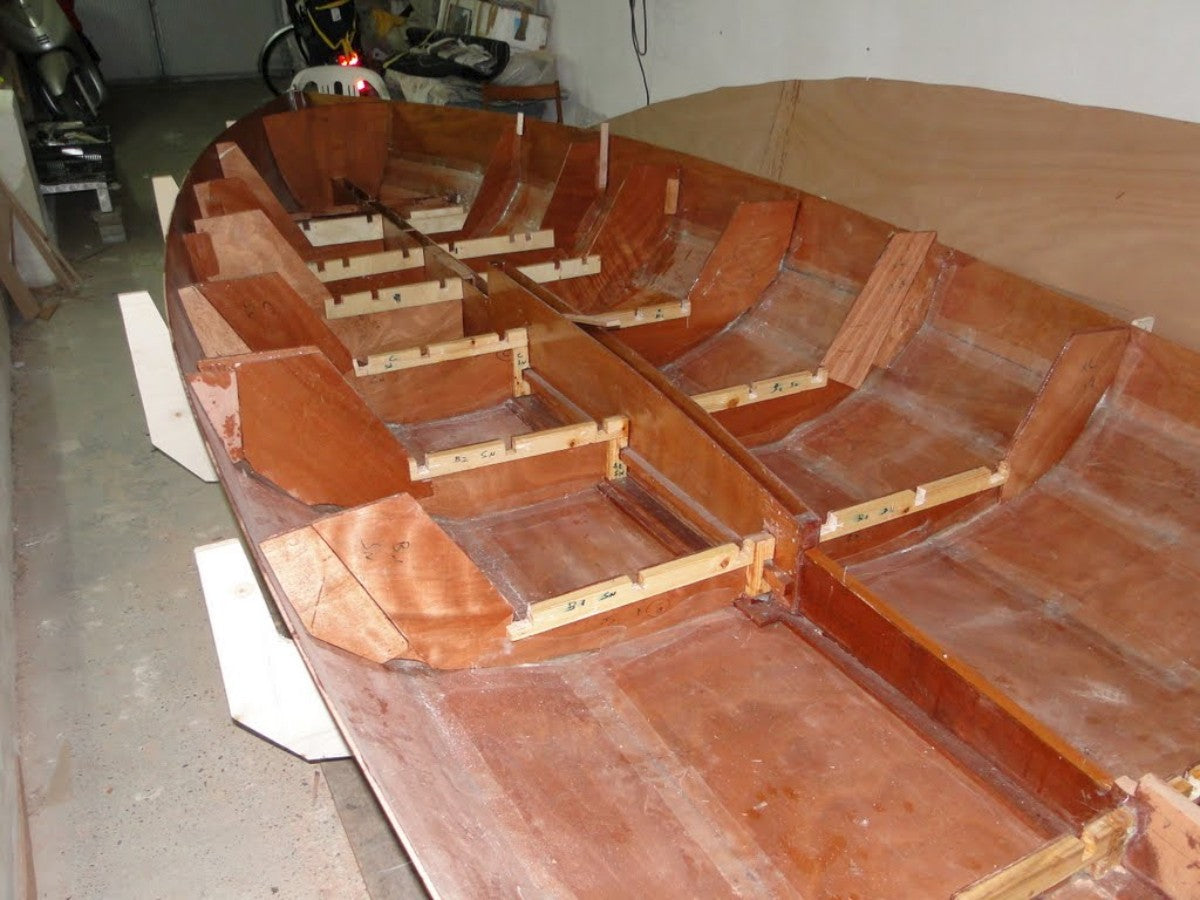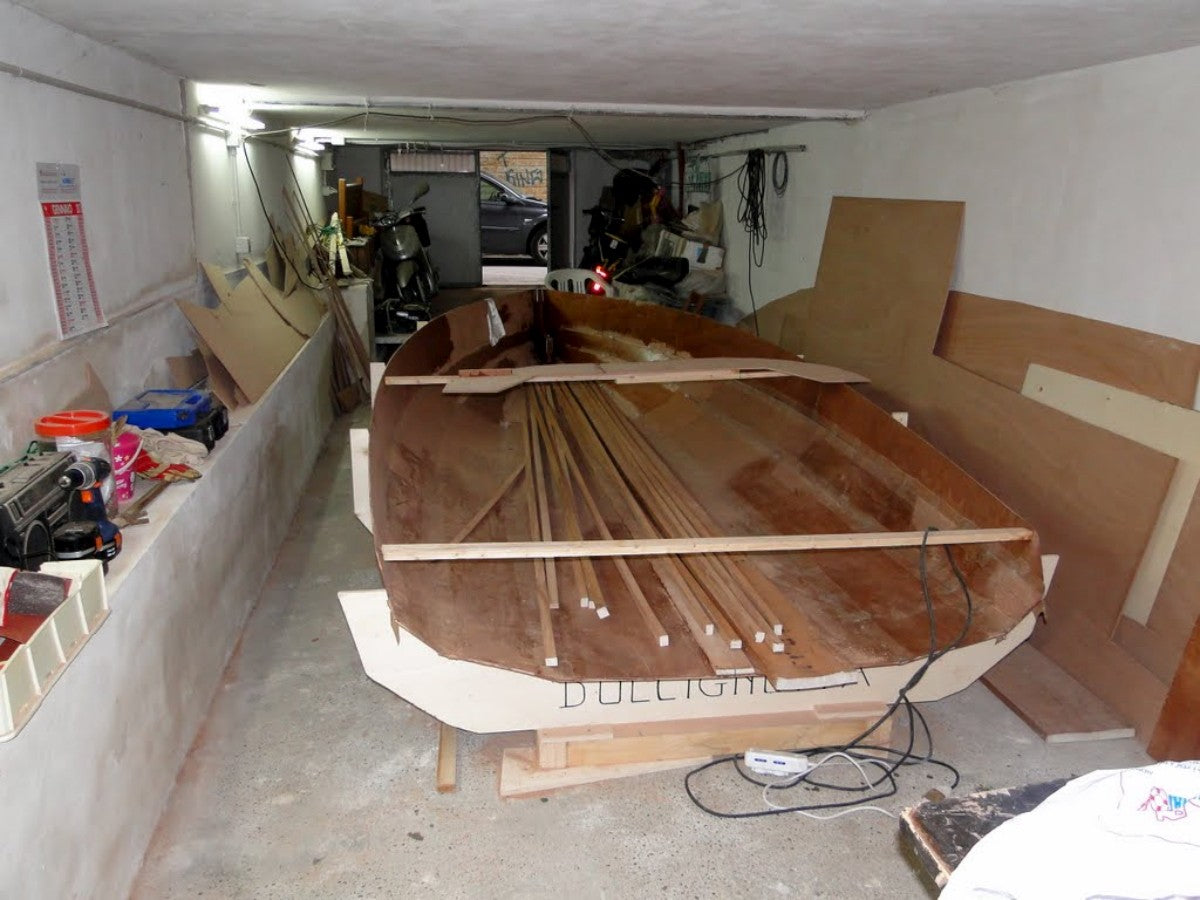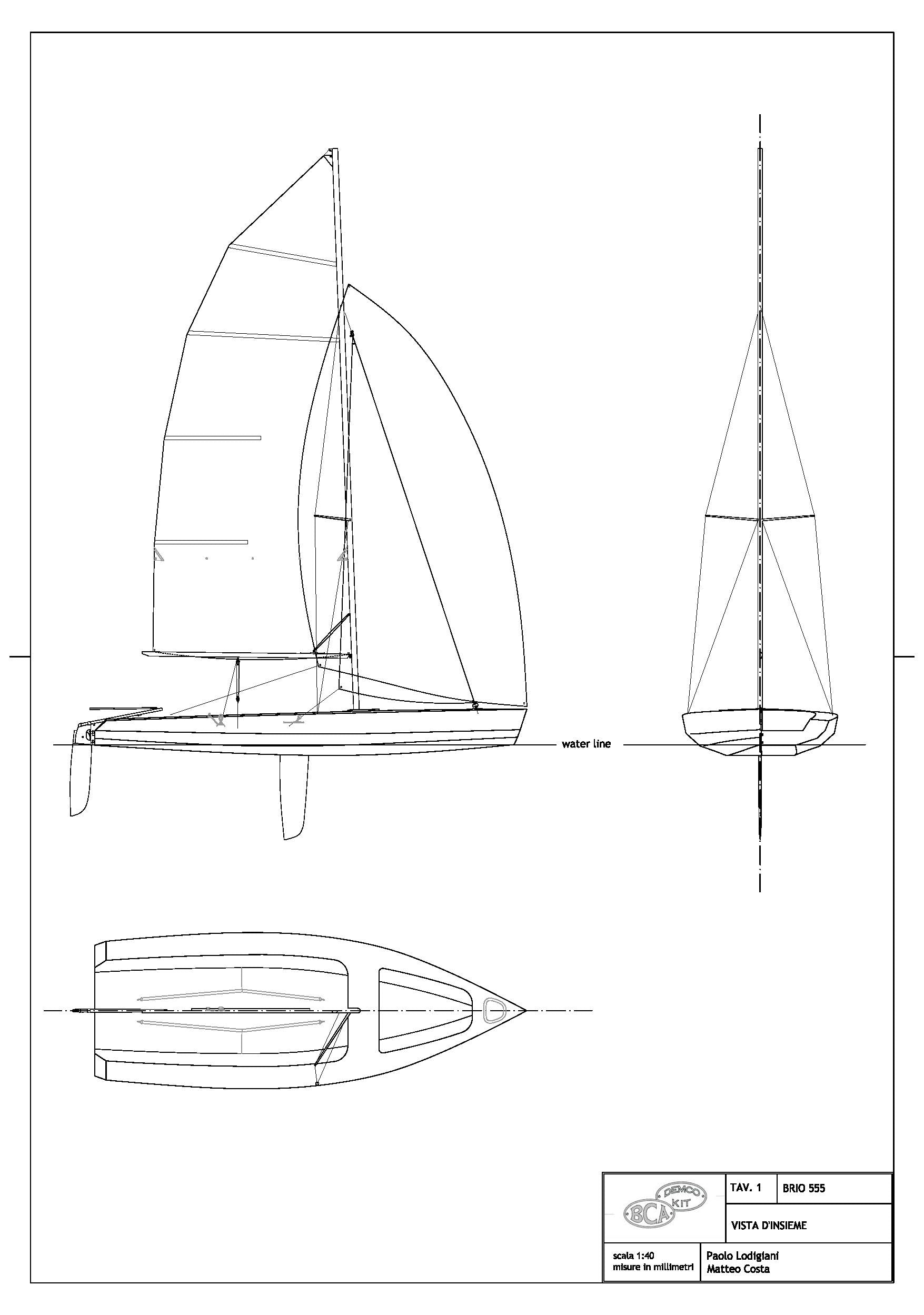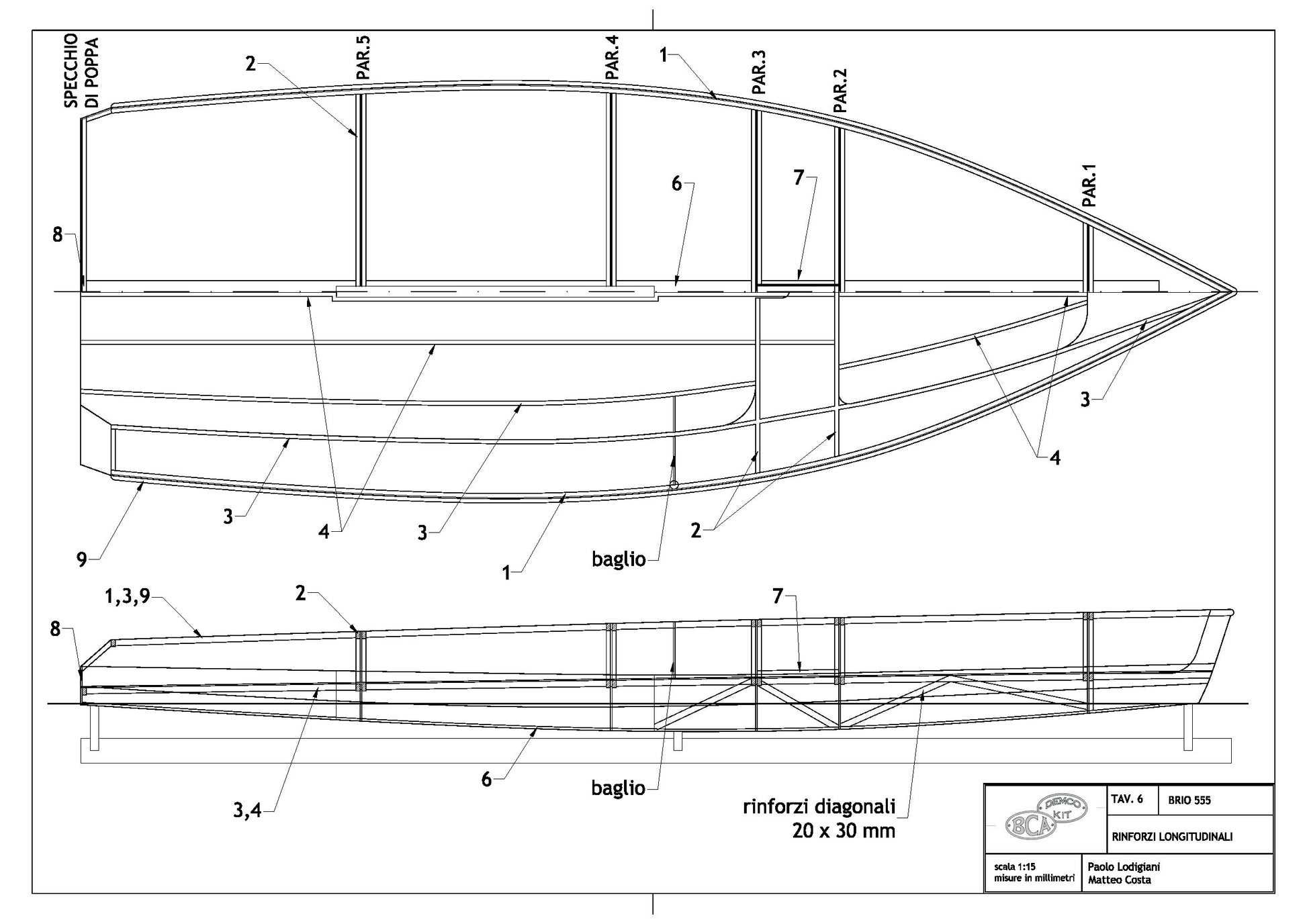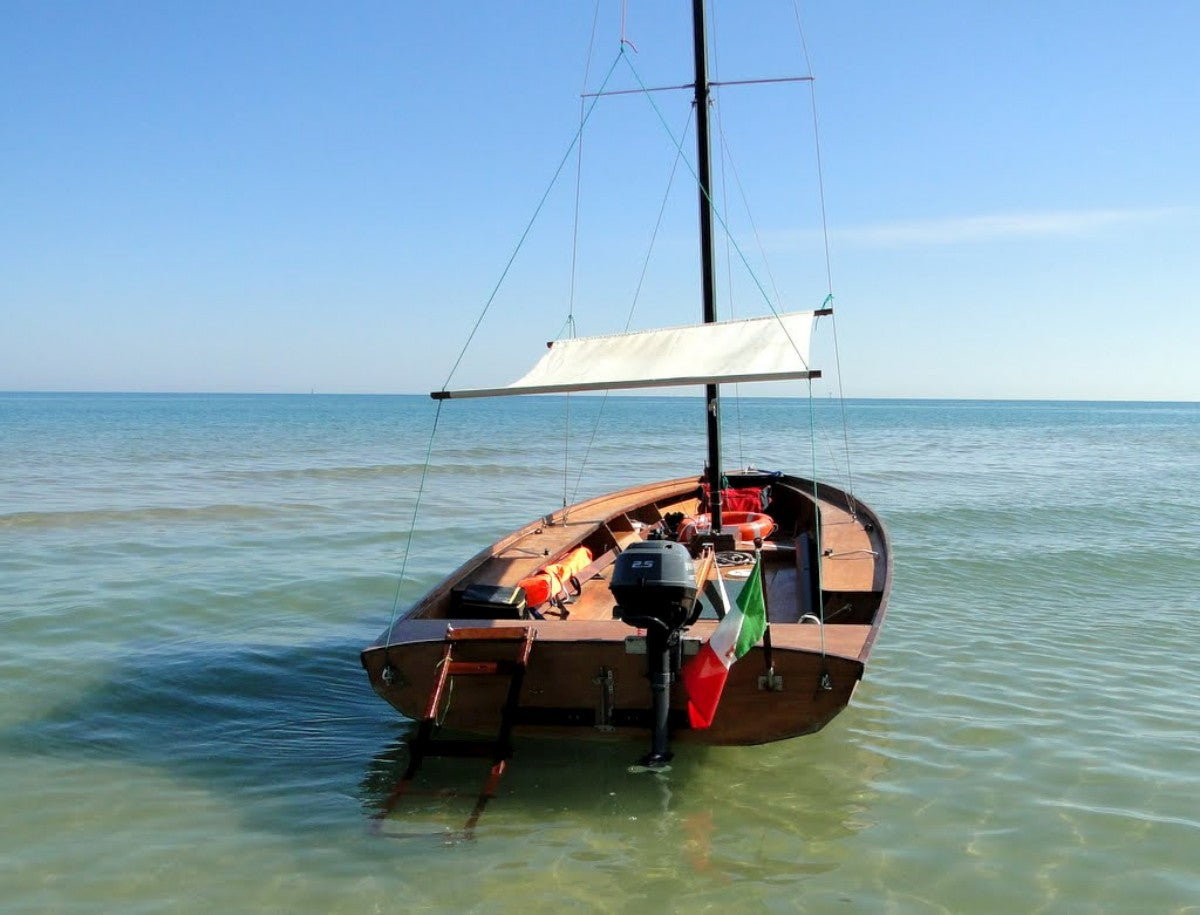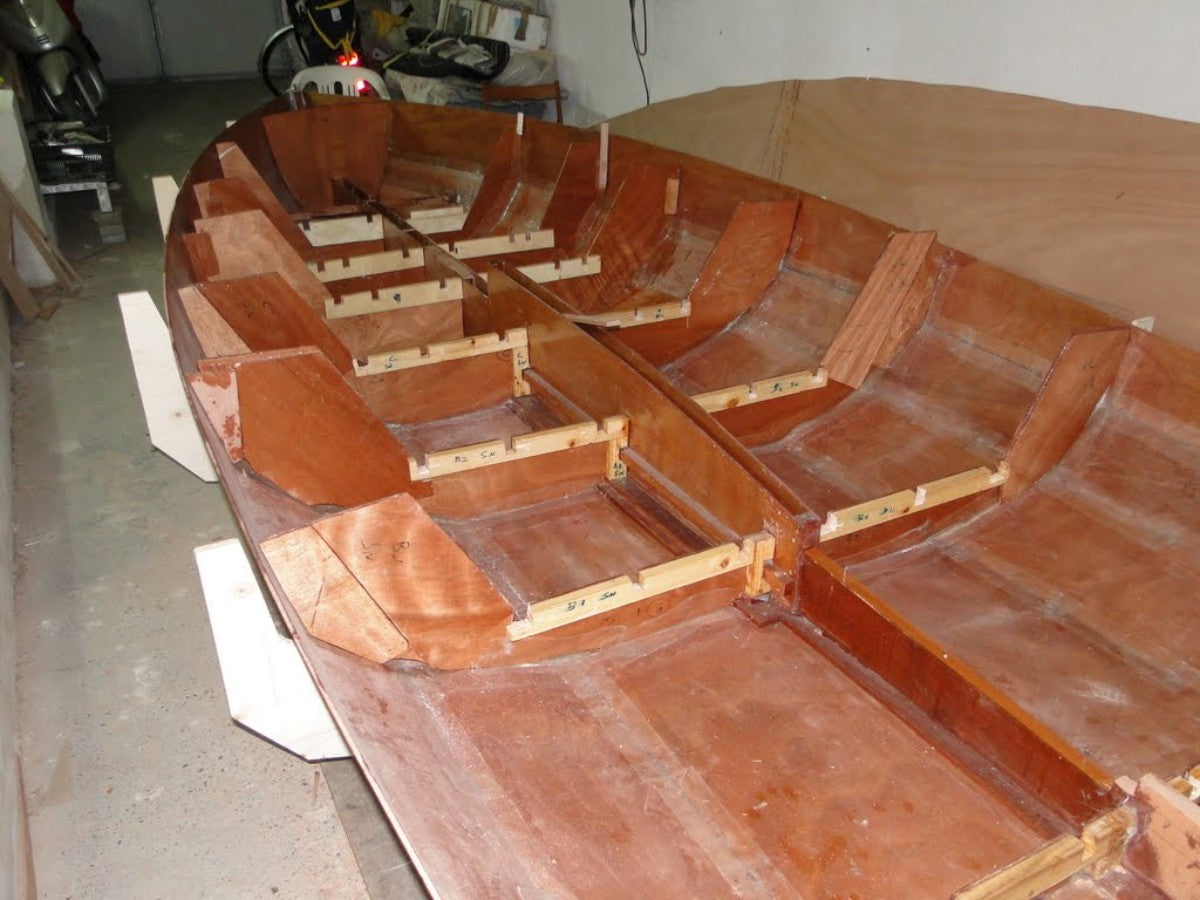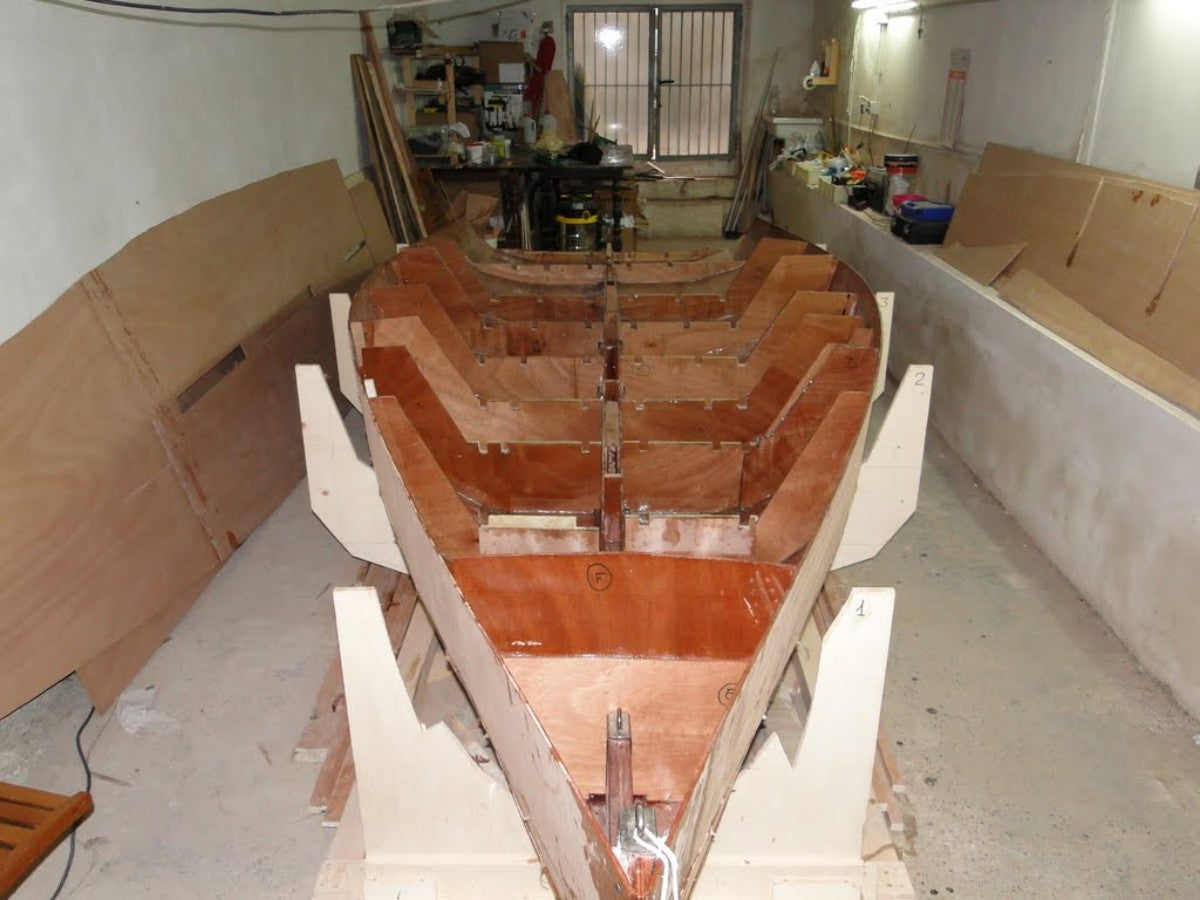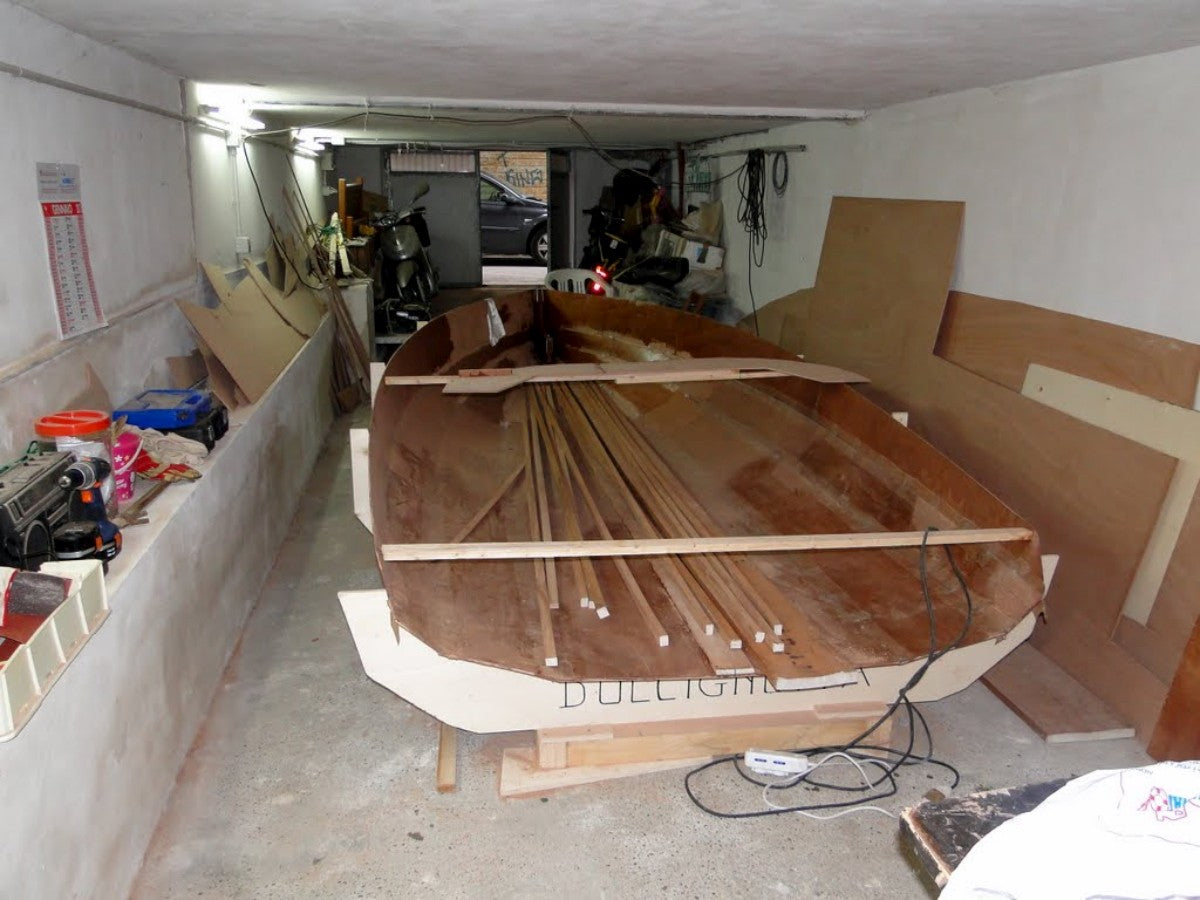18 ft - BRIO 555
18 ft - BRIO 555
BCA DEMCO KIT
The BRIO 555 is what is usually called a “collective dinghy”. This terminology refers to its use as a sailing school boat - where it is common to carry many students with only one instructor. Though its denomination is quite new, its concept isn’t: forerunner of all these boats is the Caravelle, designed by Herbulot in 1952, on which generations of sailing enthusiasts have experienced their first tacks. In the last few years, the shape of these training boats – as well as numerous other types of boats – have changed completely, becoming more refined in shape with a higher sail displacement ratio. Briefly, while sports boats of the past have evolved and become extreme, acrobatic skiffs, the training boats of the past have become similar to what once were sports boats. It is sufficient to compare the features of the Caravelle with those of the BRIO 555 to become aware of the difference. With a length of 4,60 m the Caravelle had a beam of 1.80, a weight of 210 kg and a sail surface of 12 sq.m. The BRIO, 5.55 m long, is just less than 2 m wide and has a weight of 160 kg and a sail surface of 16.2 sq.m. These figures alone show much better performances than the Caravelle. They seem much closer to those of a Flying Dutchman, the typical fast dinghy of the past generation. With the same weight and sail surface, the FD has, however, a beam of less than 1,80 m and a bigger sail surface, thus it is more unstable and nervy. The BRIO 555 may thus be considered as a slightly tamed FD – which is fast but quite stable and safe enough to be led also by a numerous and not very experienced crew. With two people on board, it becomes a non-extreme sports boat, but all the same, it is highly performing and able to carry out extraordinary glides even with moderate wind conditions. Due to its “collective” use, the cockpit is very wide and also extends to the bow of the mast. In case the boat is used by a crew of two people, it is convenient to extend the deck up to the mast. The bench close to the mast foresees a spacious locker for the stowage of personal objects, fenders, etc. The system of construction is the “stitch and glue” (for the chine hull type) and strip planking for the round hull type. This last version certainly requires more time and greater technical know-how and, from the performance point of view, it does not call for any substantial differences. The choice is represented by aesthetic reasons rather than from functional ones. With both versions, however, construction - though not representing particular technical difficulties – takes quite a long time.
Characteristics
Length: 5,55 m
Design: Paolo Lodigiani and Matteo Costa
Round hull, strip planking construction
Chine hull. Stitch and glue method
Building skills: intermediate
Couldn't load pickup availability
Share
